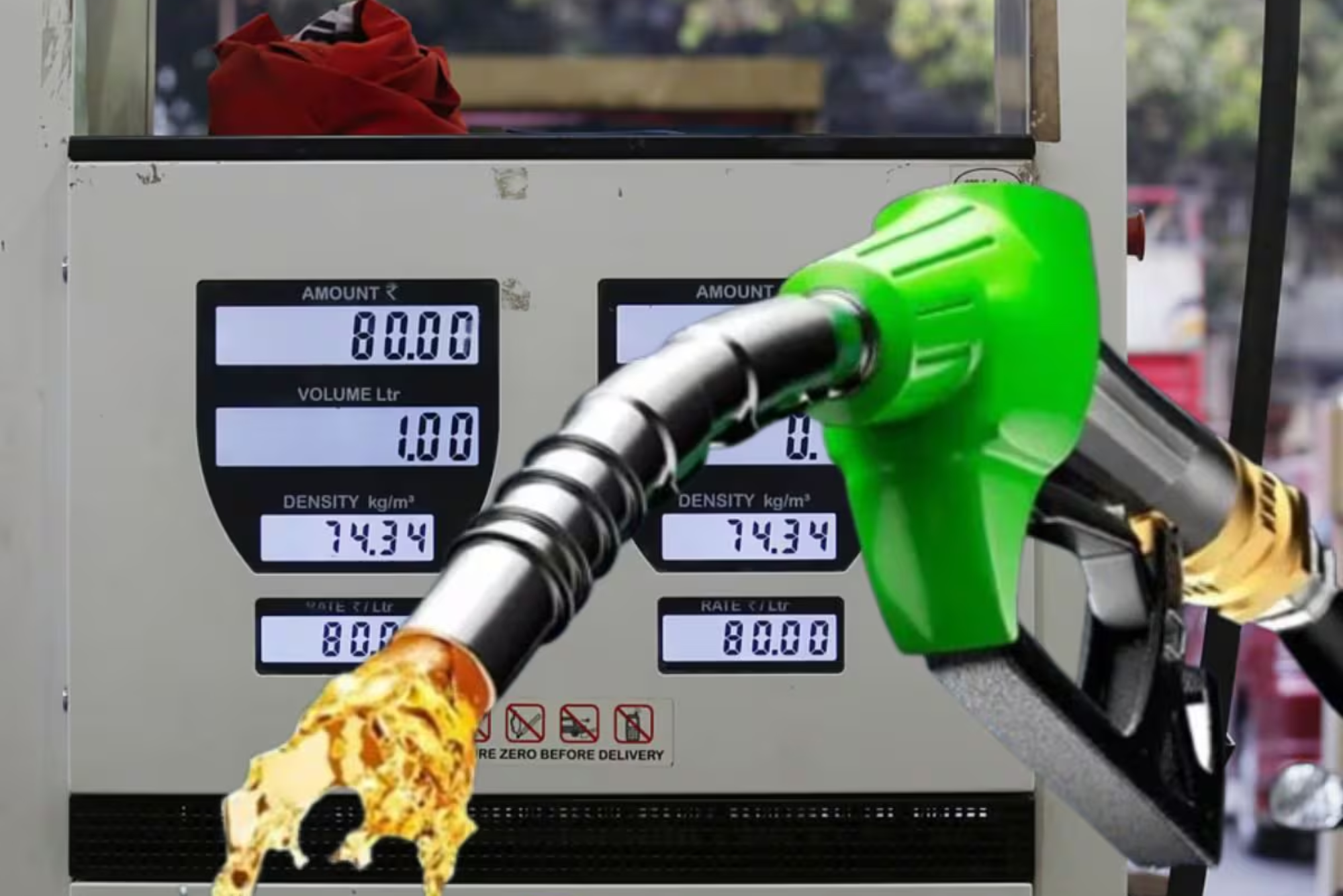Accurate chemical preparation is a necessity in laboratories, agriculture, water treatment, pharmaceuticals, and research centers across South Asia, including Pakistan, India, and the UAE. A solution concentration calculator helps ensure precision, safety, and compliance—especially in high-stake sectors. Many students, technicians, and quality-control teams rely on digital tools to avoid manual errors and improve workflow efficiency.
As industries increasingly digitalize, demand for smarter online calculators continues to rise across Punjab, Karachi, Delhi, Abu Dhabi, and other tech-developing regions.
What Is a Solution Concentration Calculator?
Quick Answer: It’s a digital tool that computes the exact concentration of a solute in any given solvent.
A solution concentration calculator allows users to determine molarity, percentage concentration, dilution values, and other chemical metrics. These tools reduce the risk of miscalculations and help maintain consistency, which is critical in chemical labs and industrial formulations. From university chemistry departments in Lahore to manufacturing units in Sharjah, accurate calculations ensure better outcomes and regulatory compliance.
Why Accuracy Matters in Chemical Dilutions
Quick Answer: Even minor miscalculations can cause safety issues, failed experiments, or product defects.
Accurate dilutions are essential in diagnostics, food processing, agricultural sprays, fertilizers, disinfectant solutions, and water treatment units. According to UNESCO science data, nearly 65% of lab-based errors originate from improper concentration measurements—a problem avoidable through automated tools.
Midway through your learning journey, you may also find it helpful to use a dilution ratio calculator, which simplifies complex ratio adjustments and ensures dependable results.
How Solution Concentration Calculators Work
Quick Answer: They use formulas for molarity, normality, mass percentage, and dilution laws.
Depending on the input fields, calculators automate:
-
Molarity: moles of solute ÷ liters of solution
-
Mass percent: (mass solute ÷ mass solution) × 100
-
Dilution: C1V1 = C2V2
-
Parts per million (PPM) or parts per billion (PPB)
-
Volume-to-volume and weight-to-volume conversions
For countries like Pakistan where vocational training institutes such as NAVTTC emphasize digital literacy in science labs, calculator-based accuracy is becoming a core skill.
Types of Concentration Calculators Used in Labs
Quick Answer: Molarity, dilution, percentage, ppm/ppb, and custom industrial calculators.
Common categories include:
-
Molarity calculators for academic research
-
Dilution calculators for pharmaceuticals
-
Percentage concentration tools for cosmetics and detergents
-
Industrial mixing calculators for lubrication, solvents, and coolants
-
PPM calculators for water testing labs in Karachi, Riyadh, and Dubai
Each type supports different workflows but shares the same purpose—precision.
Benefits of Using Digital Concentration Calculators
Quick Answer: Speed, accuracy, compliance, and reduced waste.
Digital calculators offer:
-
Zero manual errors
-
Time-saving automation
-
Better quality assurance
-
Reduced chemical waste
-
Easier compliance with ISO and ASTM standards
A case study from UAE university labs found that automated calculators improved student accuracy by 27% within one term.
Key Industries That Rely on Concentration Calculators
Quick Answer: Pharma, agriculture, water treatment, food, cosmetics, and R&D.
These tools are widely used in:
-
Pharmaceuticals (drug formulation, compounding)
-
Agriculture (fertilizer ratios, pesticide mixing)
-
Water treatment (chlorination, pH balancing)
-
Cosmetics (perfume concentration, essential oils)
-
Manufacturing (cleaners, lubricants)
-
Academic research
Regions like Sindh, Gujarat, and Abu Dhabi invest heavily in digital chemistry tools to build modern STEM ecosystems.
Common Mistakes When Calculating Concentrations
Quick Answer: Incorrect units, wrong dilution values, and measurement oversight.
Typical errors include:
-
Mixing mass and volume units
-
Misreading pipette or cylinder measurements
-
Forgetting temperature effects
-
Overlooking purity of reagents
-
Incorrect decimal placement
A senior lab technologist from Islamabad notes:
“Digital calculators remove 80% of basic calculation mistakes students usually make.”
This expert insight reinforces the significance of reliable tools.
How to Choose a Reliable Online Concentration Calculator
Quick Answer: Look for accuracy, UI quality, added features, and mobile compatibility.
A good calculator should include:
-
Clean interface
-
Multi-parameter support
-
Auto-conversion features
-
Mobile-friendly layout
-
Quick guides or tooltips
-
Scientific precision
Many users prefer centralized platforms like your one-stop calculator website for accessing multiple scientific and daily-use tools on a single dashboard.
Role of Web Development in Scientific Calculator Platforms
Quick Answer: Quality web development ensures performance, accuracy, and security.
As digital tools expand, the importance of robust development grows. High-traffic calculator sites require fast loading, high uptime, scalable backend architecture, and secure data operations. In Pakistan’s expanding IT ecosystem—especially in Lahore, Rawalpindi, and Hyderabad—initiatives supporting computer science graduates are fueling growth.
Investing in a trusted web development company ensures accuracy, responsiveness, and long-term reliability for scientific calculator platforms serving global users.
FAQs
1. What is the simplest way to calculate concentration?
Using an online calculator is the fastest method, as it eliminates manual formula errors.
2. Can students use these calculators for academic labs?
Yes, most universities encourage them for accuracy and learning support.
3. Are concentration calculators useful in agriculture?
Absolutely—farmers use them for fertilizer ratios, pesticide dilution, and nutrient mixing.
4. How accurate are online chemical calculators?
High-quality platforms typically maintain over 99% calculation accuracy when formulas are correctly implemented.
5. Do these calculators work on mobile phones?
Yes, most modern platforms are responsive and mobile-optimized.
6. Can these tools help with industrial-scale mixing?
Yes, industries use digital calculators to maintain consistency in high-volume formulations.
7. Is training required to use them?
Basic knowledge of units and chemical terms helps, but most tools are designed for beginners.
Final Thought
As someone deeply involved in South Asia’s growing digital ecosystem, I’ve seen firsthand how modern calculators empower students, researchers, and industrial technicians across Pakistan, India, and the UAE. The rise of tech parks, youth-oriented STEM programs, and government-supported initiatives has made digital accuracy tools more valuable than ever.





















